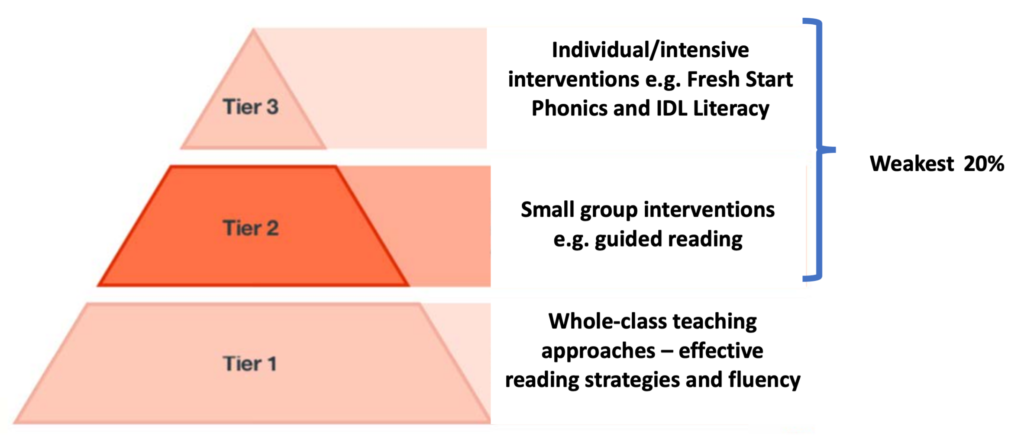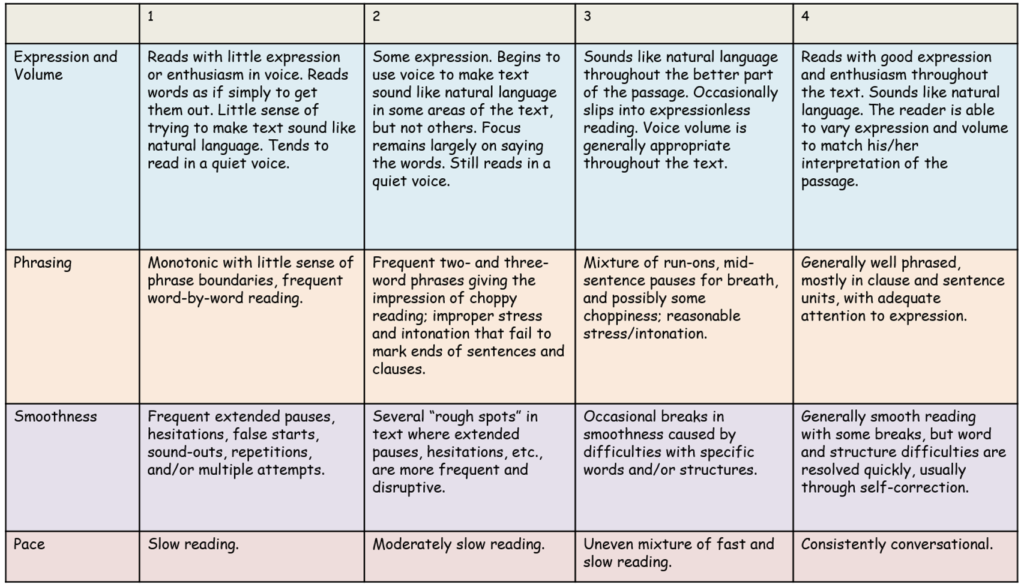- Home
- About us
- Curriculum
- Personal Development
- Parents
- Policies
- Jobs
- Contact
- Office 365
- DONATE
Reading and the Curriculum
Assessment of Reading and interventions (Tier 2 and 3)
Reading tests are completed in September for all pupils and again in March for struggling readers. High quality reading interventions are provided for pupils who have been identified as struggling readers and the impact is closely monitored.

Whole school teaching approaches to reading (Tier 1):
1. Reading Strategies
Teachers are aware of pupils’ reading ages and use a range of reading strategies to support all pupils as they encounter increasingly complex texts across Key Stages 3, 4 and 5. Teachers assess the difficulty of a text in terms of the background knowledge required to understand the text, the range and complexity of vocabulary, use of abstract imagery and metaphorical language, sentence length and syntax, narrative or whole-text structures, generic elements (e.g. biography, article, diary account), scaffolds (glossary, subheadings etc.) and text length. Teachers then use strategies, including those listed below, to support pupils.
Ask questions about the topic
Activate prior knowledge
Make predictions
Ask questions to monitor understanding
Make connections and inferences within the text and ‘globally’
Visualise and devise a ‘mental model’ of the text
Update and make new predictions
Seek coherence and summarise the text
Revisit and revise predictions
Generate further questions about the text and your understanding
Evaluate reading and judge against goals
Skimming (reading rapidly for a general overview of the text)
Scanning (reading rapidly to find specific information)
Slowing down
Rereading
Reading back through the text
Checking the index, glossary or scaffolds
Asking questions
Summarising
Noticing patterns and text structures
Reading related texts
Reciprocal reading encourages students to read, talk and think their way through the text. Each student is assigned a specific role within the group before reading:
Predict
Clarify
Question
Summarise
(Teach, model and release responsibility to students).
2. Fluency development
Fluency is the bridge from decoding to comprehension as it allows the reader to focus on the meaning of the text rather than the mechanics of reading. We are aware that 75-90% of students with comprehension difficulties have reading fluency problems that are a significant cause of their comprehension difficulties and that fluency may change depending on the subject and the complexity of the text. Fluency has two components: automaticity and prosody.
Our aim is for pupils to practice these skills sufficiently, through both wide and deep reading, to ensure fluent reading with increasingly difficult texts. We use Thomas Rasinki’s Multidimensional Fluency Scale (see below) to develop fluency – the scale can be used when working with the teacher or in pairs for diagnostic assessment.

Alsager School is one of the highest performing schools in Cheshire East. Take a look at our prospectus to find out more.
Alsager School, Hassall Road, ST7 2HR
© 2025 All Rights Reserved